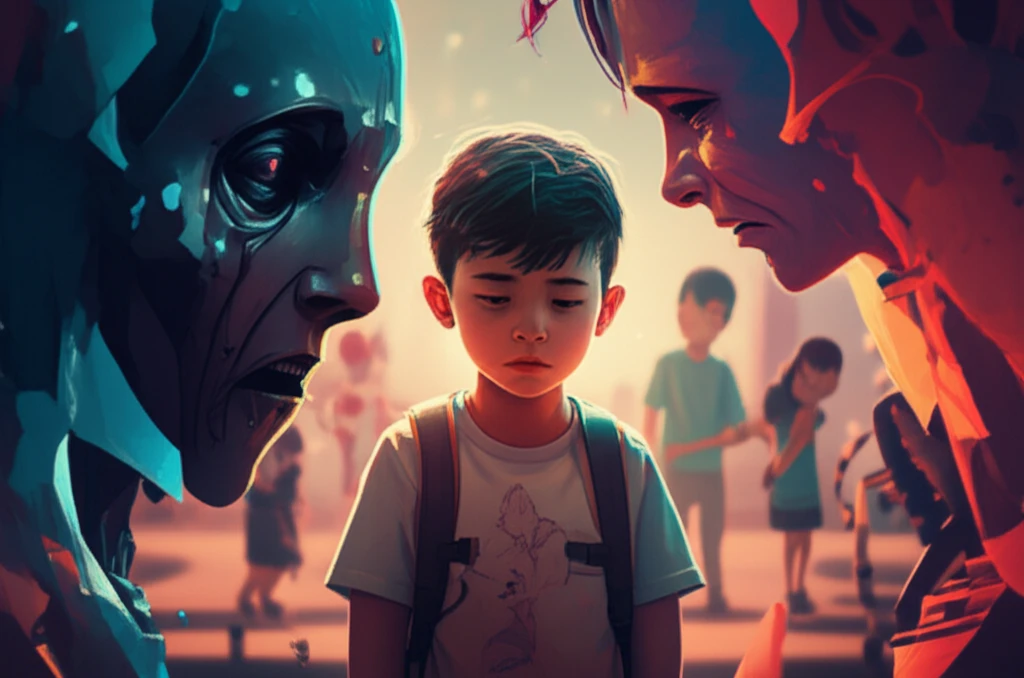
Sad, Scared, or Withdrawn? Decoding Social Avoidance in Children
"New research explores the complex reasons why kids avoid social interaction, offering insights for parents and educators."
Understanding why children withdraw from social situations is a critical step toward supporting their emotional and social development. Social avoidance, a behavior marked by actively evading interactions with peers, can have significant implications for a child's well-being. Recent research explores the underlying factors that contribute to this behavior, offering a deeper understanding of its complexities.
This article explores a study that investigated the predictors of social avoidance in Chinese children. By examining factors like social anxiety, peer relationships, and depressive symptoms, researchers aimed to shed light on the mechanisms driving this behavior. The findings provide valuable insights for parents, educators, and anyone interested in understanding children's social and emotional well-being.
The study's findings emphasize the importance of recognizing and addressing the various influences that can lead children to withdraw from their peers. From the role of mental health to the impact of social dynamics, this research offers a comprehensive look at the factors shaping a child's social experiences and provides a foundation for developing supportive strategies.
Unpacking the Complexities of Social Avoidance

Social avoidance is not simply about being shy or introverted; it's a multifaceted behavior that can stem from various underlying causes. Children who actively avoid social situations may be experiencing social anxiety, struggling with difficult peer relationships, or battling depressive symptoms. This study dives deep into the different elements that can lead to withdrawal.
- Social Anxiety: The study explored the link between social anxiety and avoidance, recognizing that children with social fears might actively avoid peer interactions.
- Peer Relationships: The researchers considered the impact of peer problems, such as rejection or bullying, on a child's tendency to avoid social situations.
- Depressive Symptoms: The study examined the role of depression, investigating whether a child's mental state influenced their social withdrawal.
Looking Ahead: Supporting Children's Social and Emotional Health
The findings of this study underscore the importance of addressing the underlying factors that contribute to social avoidance in children. Whether it's recognizing signs of depression or fostering positive peer relationships, early intervention and support can make a significant difference. By gaining a better understanding of the complexities of social withdrawal, we can create environments that nurture children's social and emotional well-being, helping them thrive both now and in the future.
